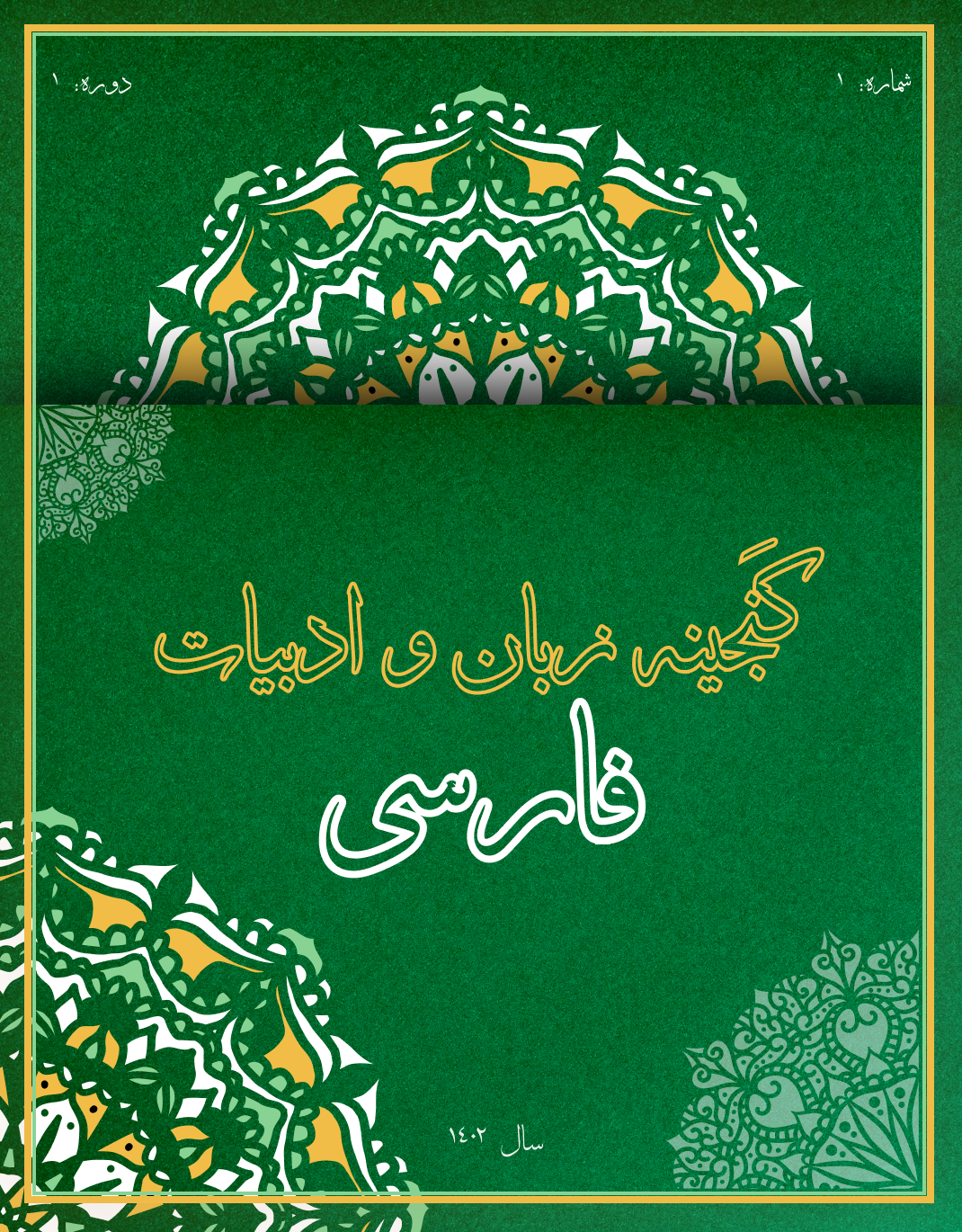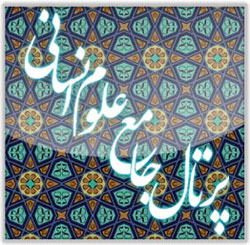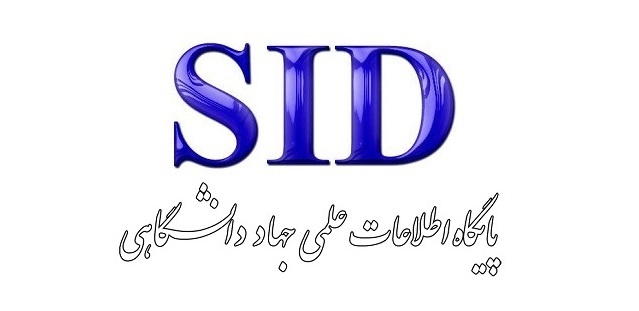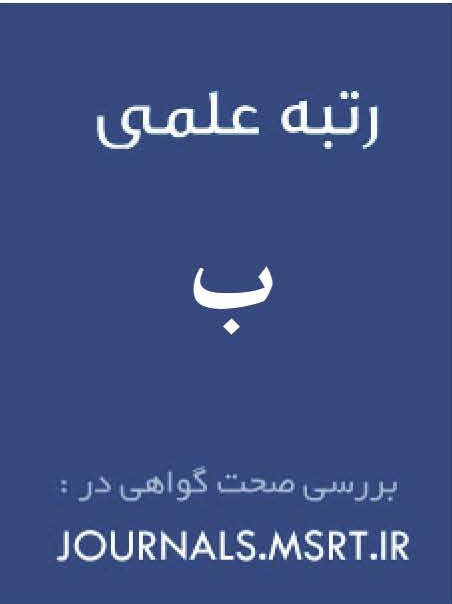بررسی جلوههای علم بدیع در دیوان شعر شوکت بخاری
کلمات کلیدی:
بدیع لفظی, بدیع معنوی, اشعار, شوکت بخاریچکیده
شوکت بخاری از جمله شاعرانی است که در عصر صفویه زندگی کرده است؛ تخلص شوکت در آغاز «نازک» و «تارک» بوده و پس از پیوستن به سعدالدین تخلص شوکت را اختیار کرده است؛ اشعار او از نوع طرز خیال یا نزاکتبندی در سبک هندی است که مبتنی بر اغراقات بعید و نازک خیالی است که عمدتاً غزل میباشد. شوکت بخاری از جمله شاعرانی است که با زبانی فصیح و شیوا، در بیان افکار و اندیشههای خود از آرایههای بدیعی یعنی صنایع بدیع لفظی و معنوی، بهره بسیار برده است. از این رو پژوهش حاضر با هدف بررسی و تحلیل بدیع «لفظی» و «معنوی» در دیوان شعر شوکت بخاری انجام پذیرفته است. در این پژوهش که به شیوه توصیفی – تحلیلی انجام پذیرفته، دیوان شوکت بخاری از دیدگاه بدیع لفظی و معنوی با استفاده از روش کتابخانهای-اسنادی و ابزار فیشبرداری مورد بررسی و واکاوی قرار گرفته است. نتایج تحقیق نشان داد بسامد جناس تام، جناس مضارع و لاحق، جناس زائد، در دیوان اشعار شوکت بخاری بسیار زیاد و جناس لفظ، جناس خط، جناس ناقص، جناس قلب کمترین بسامد را دارند. در بخش تسجیع، موازنه یکی از اصلیترین و پربسامدترین آرایههای لفظی به کار رفته در این اثر میباشد و در بخش تکرار؛ هم حرفی یا هم حروفی، هم صدایی از بسامد بالایی برخوردار هستند.
دانلودها
مراجع
1. Khalifa AM, Ra'iyat K. Frequency of Types of Similes in the Divan of Shaukat Bukhari2001.
2. Ibn Athir Al-Jazari DA-D. 1998.
3. Shamisa C. A New Perspective on Rhetoric. Tehran: Ferdows Publishing; 1997.
4. Noorzad N. The School of Bidel's Followers and the Stages of the Evolution of the Indian Style in Persian Literature of Transoxiana. Book of the Month: Literature. 2008(19).
5. Lahiji H, Masoumeh S. Tazkerat Al-Mo'aserin. Tehran: Mirath-e-Maktoub Publishing; 1995.
6. Ra'iyat K. Frequency of Types of Similes in the Divan of Shaukat Bukhari. Ormazd Quarterly. 2018(43).
7. Shamisa C. Divan of Shaukat Bukhari. Tehran: Ferdows Publishing; 2003.
8. Shamisa C. Expression and Meanings. Tehran: Ferdows Publishing; 2003.
9. Kazazi MJA-D. Aesthetics of Persian Speech: Rhetoric. Tehran: Ketab-e-Mad Publishing; 1999.
10. Vahidiyan T, Ra'iyat K. Frequency of Types of Similes in the Divan of Shaukat Bukhari2018.
دانلود
چاپ شده
ارسال
بازنگری
پذیرش
شماره
نوع مقاله
مجوز
حق نشر 2025 Soltan Morad Ali Mardankhani (Author); Omidvar Aali Mahmoudi; Seyyed Ali Sohrabnejad (Author)

این پروژه تحت مجوز بین المللی Creative Commons Attribution-NonCommercial 4.0 می باشد.








